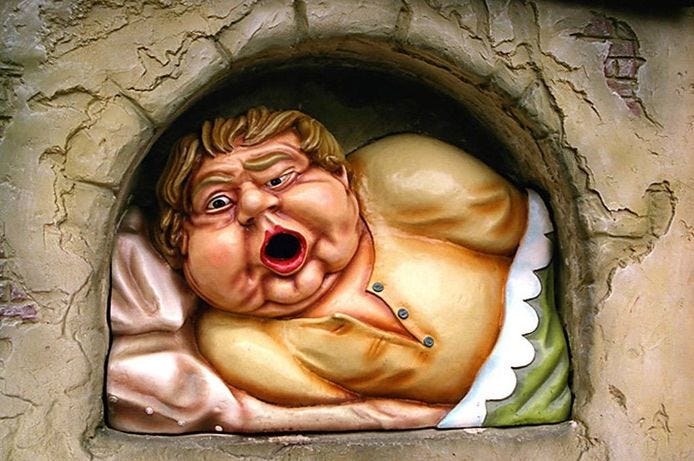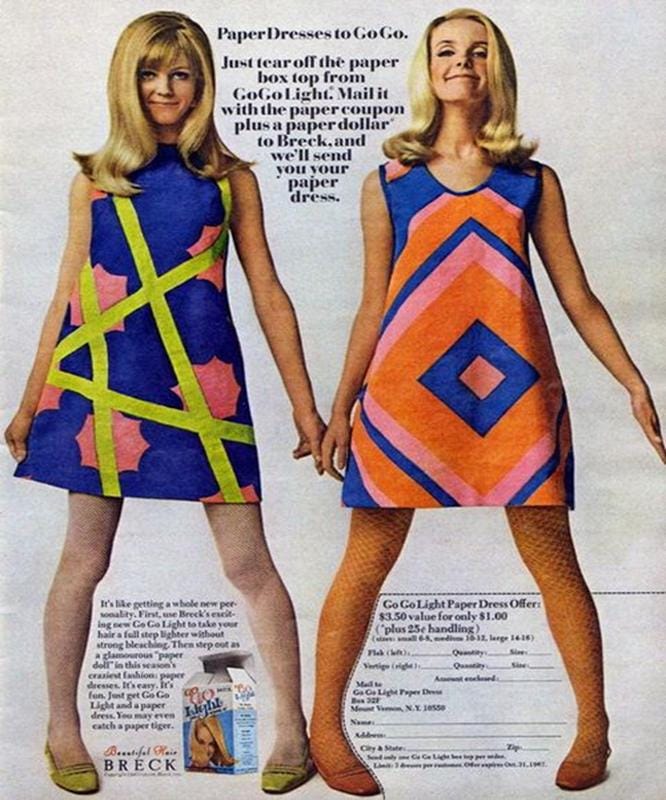It’s Design Lobster #58 and we’re having fun with the things you throw away. From animatronic Dutch bins to disposable party clothes. Who knew waste could be such a blast? 🗑
🙋♀️ Also, today is International Women’s Day and to celebrate I’m calling out a few past issues that feature work from great women designers!
🛑 Design Lobster #40 features signage designed by Margaret Calvert.
🎨 Design Lobster #39 features the graphic art of Marian Bantjes.
🌎 Design Lobster #27 features Sylvia Harris’ concept of the citizen designer.
👵🏻 Design Lobster #13 features the extraordinary research of Pattie Moore.
😷 Design Lobster #11 features Sara Little Turnbull, the inventor of the N95 respirator.
Question: How can we make throwing trash feel delightful?
Oh boy was I happy to discover these grotesque bins. The Efteling, a theme park in the southern Netherlands has a collection of sensor and speaker-powered garbage receptacles that make the act of using them unusually satisfying. Each bin is a character, from hungry little boys and greedy babies to the fat sleepy man shown shown in the picture.
The bins plead through their in-built speakers for trash that gets sucked in by a vacuum around their mouth when you present it. If their sensors detect you have given them something, they are hilariously grateful – the babies mutter delicious in Dutch and the bedridden character above contentedly breaks wind.
The characters are based on a Dutch nursery rhyme about Holle Bolle Gjis (Hungry, Chubby Gus) who was always hungry no matter how much he ate. I can’t help but love the idea a nursery rhyme being the inspiration for a bin. It seems a huge amount of effort to put into such a humdrum aspect of life, but if it helps teach visiting children the importance of not littering (and cuts park cleaning bills too) then I say it is totally worth it.
Design takeaway: How could you make doing the right thing feel more fun?
😮 Someone made a video of all the bins reacting to being given trash and I am so grateful.
Object: Paper dress
In the early 60’s, the Scott Paper Company had an idea to sell more paper napkins, a women’s dress made of the same Dura-weave paper that cost just $1.25. The concept was an unexpected hit and by 1966 Americans were buying more than $3.5 million of paper clothes each year. The classic was a shift dress like the ones shown above, but you could also find paper suits, wedding dresses and even more bafflingly, bikinis. 👙
The beginning of the 1970’s and the emergence of the environmentalist movement put an end to all the throwaway fun, though as we all know fast fashion would go on to re-emerge in a more invidious form in the 21st century in the guise of companies like Forever 21 and Boohoo.
Whilst I don’t come to praise wastefulness of any kind here, I do wonder if the 60s incarnation of this trend wasn’t a bit more honest, in that at least disposable clothes looked as such, and their cheapness came from their use of cheaper materials. Fast fashion nowadays is normally indistinguishable from regular clothes and often achieves its low prices through the exploitation of communities in the Global South. Give me a paper bikini over that any day.
Design takeaway: For how long is your product intended to be used?
👗 Peruse a range of paper dresses from the V&A collection.
Quote: “Do not make something unless it is both necessary and useful. But if it is both then do not hesitate to make it beautiful.”
– Shaker proverb
A few weeks ago we looked at an unusually detailed chair made by a North-East American Shaker community. This week I’m sharing a Shaker proverb that nicely encapsulates their considered approach to making things.
Whatever you do, do not hesitate to make it beautiful.
Ben 🦞
Enjoyed this week’s Design Lobster? Let me know by clicking the heart button.
👇





